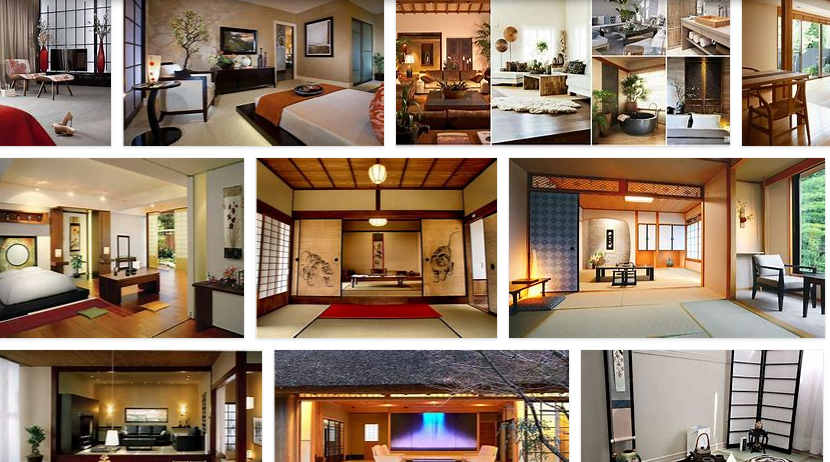If you are planning to decorate your home or office with traditional Japanese Home Decor, you’ll need to consider the color palette, patterns, and textures that best suits your personality. You may be wondering why the Japanese use so much fuss over their furnishing items. The answer lies in the rich history and culture of Japan. The Japanese are known for their love of simplicity, and the art of Japanese Furniture. With that being said, it’s easy to see why the Japanese use so much fine detail when designing their furnishings.
One of the most prominent characteristics of the traditional Japanese home decor style is the bare floors. Although the floors may be wood or tile, the emphasis in this style is on the naturalness of the colors and materials. In contrast, in modern-day Japan the focus is on creating elaborate rooms that incorporate very intricate details such as marble, glass, and expensive artwork. The lack of real furniture pieces is quite clear in a typical Japanese home.
For instance, instead of using solid, flat bamboo stools, the typical Japanese home decor will have small round bamboo stools that would match the size of the walls. Instead of a single large Ottoman, the typical place to find one is at the end of a long hallway, or between the two ends of a large hallway. Typically, a Japanese person will have a small sofa, couch, and two chairs in this cozy arrangement, while there may be additional pieces that add more comfort to the space such as a side table or accent table. A well-placed window to allow natural light into the home would be the other feature of Japanese decor that is found in just about every home.
The use of minimalism in the typical Japanese home decor is most apparent in the type of furniture that is chosen. Minimalism refers to the use of as few pieces of furniture as possible, in order to achieve a feeling of space and emptiness. Because most Japanese use light colored wood and furnishings, it is easy to understand how minimalism would be incorporated into their homes. Because of this, the use of bold, bright colors such as red, orange, and yellow are also used, as they are both inviting and dramatic at the same time.
Another hallmark of Japanese home decor is the use of simple geometric patterns and shapes. Unlike the western-style rooms that are filled with fancy furniture, most Japanese homes are usually minimalist in nature. This is apparent by the fact that almost all of the furniture that is seen in Japanese homes is either an oval, triangle, or circle. This simplicity of form is evident in the way the typical Japanese furnishings are kept, as there is never a need to overcrowd a room with unnecessary furnishings. Even the vases and candle holders that are found in Japanese homes are usually smaller in size, as a result minimizing clutter is an integral part of their aesthetic.
Some of the other important characteristics of Japanese home decor are the intricate nature of the artwork that is used and the nature of the art that is used. One of the most common pieces of art that is found in Japanese homes is that of bonsai trees. These trees are usually created from clay or wooden marbles and are then carefully decorated and arranged according to a particular theme or style. The theme of the art that is used on the tree is not only functional, but can be decorative as well. For example, there are bonsai trees that are designed to resemble Koi fish, Dragon, and other sea creatures. In addition to this, there are some designs that are based on traditional Japanese motifs, such as cherry blossoms, geisha, kanji characters, and Asian landscapes.

Easy Home Decor Home Style
The natural and simple decor of Japanese design make it an all-time favorite for first time home owners. A Japanese home is very individual, there is no “one size fits all”. With only a few basic decorating tips, you can create your own unique style of Japanese home, one that is uniquely you. Here are 18 Ideas & Tips for Choosing Japanese Decor, inspired by authentic Japanese traditional houses and architecture.
Less furniture is more? The lack of high furniture pieces in most Japanese homes is quite obvious. Most homes have either a low table top or a free standing bowl style table; both of which are easily adaptable for displaying small items. A few natural light fixtures such as hanging lamps and framed lanterns also add to the natural light feature.
Traditional Japanese home decor is often considered to be simple yet elegant. Simple designs such as the ones highlighted here have been used for hundreds of years. By adding either rice paper or western style paintings with natural scenes, you can easily transform your home to mimic the look and feel of traditional Japan. For a truly unique look, think outside the box!




